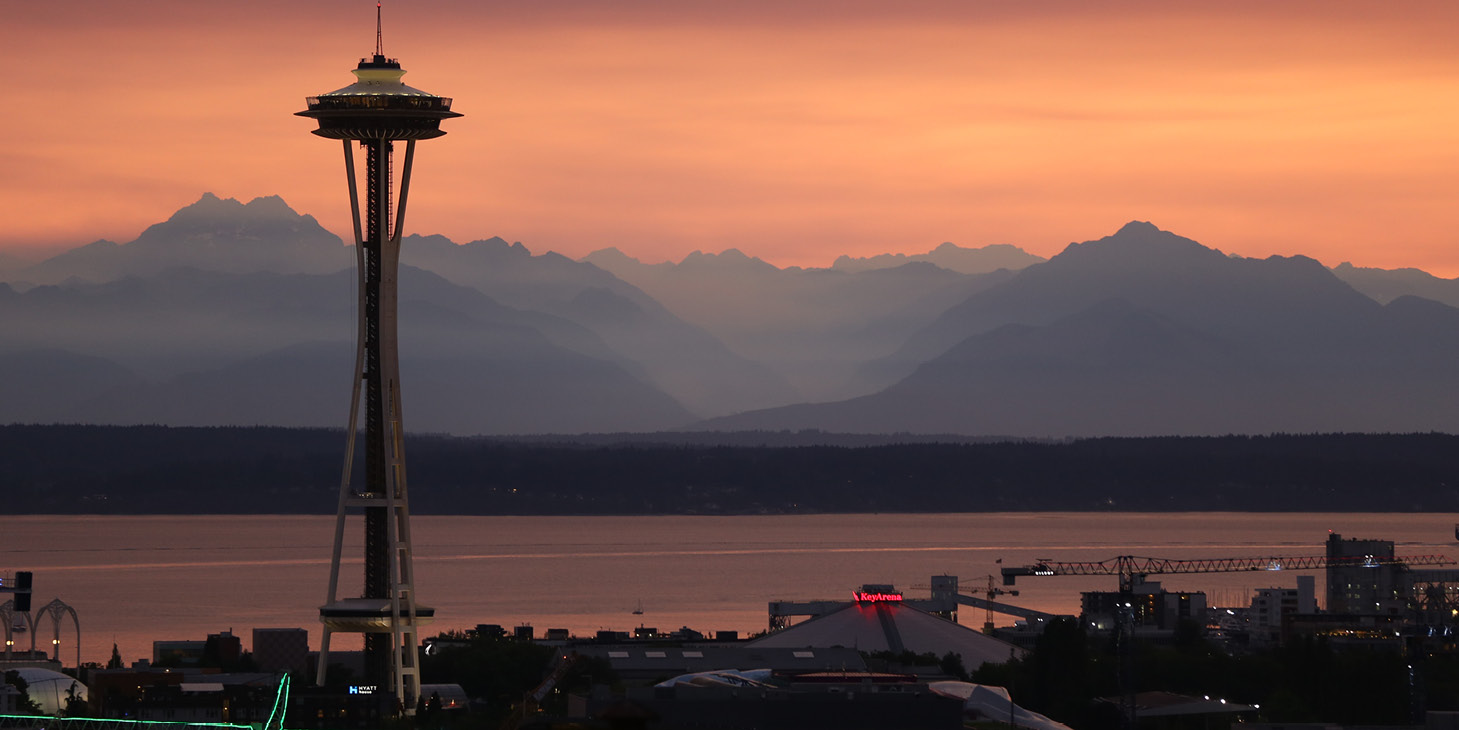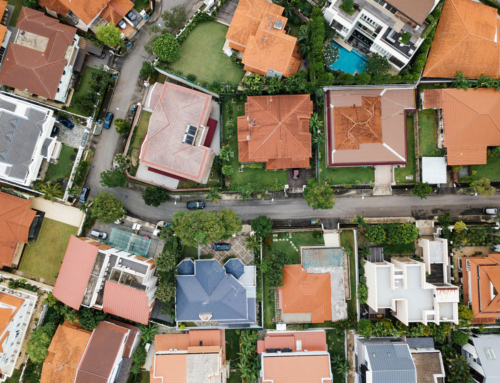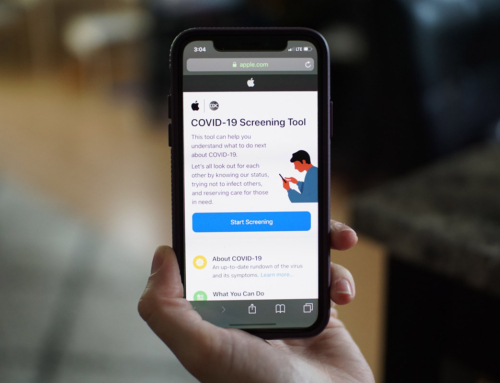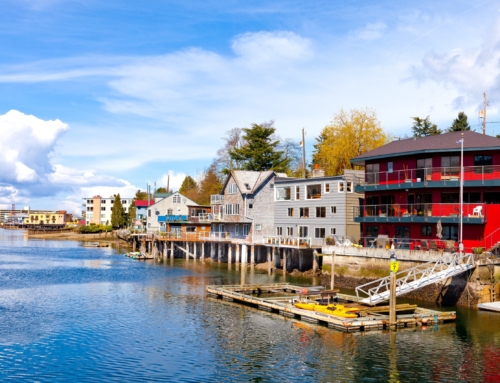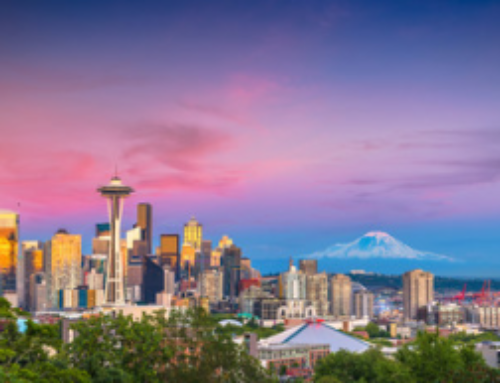However, the overall lowest score for our state was the #22 spot for Fiscal Stability. Seattleites are known for grumbling about long commutes and consistent traffic. Despite the big city issues, Washington’s overall highest ranking spot was in infrastructure, where we came in #2 behind Oregon. Our road systems are not in the top 1% of the nation, but Washington’s shockingly large numbers for renewable energy place the State well ahead of the national curve.
45.3% Of our energy comes from renewable sources, a stark contrast to the national average of 10%. In the wake of astonishing reports on shifting climates; more and more companies are looking for places that fit the “eco-friendly” bill. Other places in the US are experiencing push-back on cleaner energy reforms as people fear losing jobs because of shutting down coal plants, and other fossil fuel related industries. The Evergreen State shines as an example of a clean energy push that has resulted in the creation of jobs and a thriving industry all under a surprisingly cheap price tag. Washington boasts having the cheapest power in the nation, as well as some of the cleanest, an extra plus for an area that has the fastest rates of economic growth set atop a booming tech sector. Our climate-friendly initiatives show no sign of slowing down following bold steps from Governor Jay Inslee, proposing the state to be carbon neutral by 2045.
Made famous for rain and Starbucks coffee, tech giants are quickly moving to the area and expanding already existing offices. Amazon appears to rule the area, but other well-known counterparts such as Microsoft have equal claim to the area for its initial beginnings. Newer tech sectors are bringing in plenty of talent, Facebook recently purchased expansion space, and Boeing has long dominated the region as one of the largest employers and industry-leading powerhouse. Putting all of the tech and aerospace industry innovation together, Washington ranks as #3 in patents granted per capita.
Seattle receives much of the industry recognition for the big names in the business, however, it’s a statewide effort to power these operations and keep Washington at the forefront of economic development. The city is perched atop one of the most advanced power grids fueled by Puget Sound Energy, the nations third-largest supplier of wind-generated energy. The Columbia River supplies the state with hydroelectric power from a series of dams as well as providing some areas in Central Washington with the cheapest power in the nation. Eastern Washington is home to most of the wind-generated energy sections as well as solar power collection sites.
Despite the fame and recognition of Seattle which has been attracting people in droves, smaller cities are also gaining recognition and causing their own migration patterns to the state. Cities such as Spokane (the second most populated city) are attracting people with an expanding job market and remarkably affordable cost of living. Smaller cities such as Wenatchee, gaining recognition as “One of the nation’s best places to retire” attracting Washingtonians to a slower pace of life, as well as a stream of retirees from across state lines.
All adding up to a state-wide migration trend that places Washington on track to add 1.5 million people by 2040. The Evergreen State might bring in even more than estimated with the promise to be 100% free from fossil fuel electrical systems by 2045. This could provide incentives for larger companies to continue moving into the region. After all of the publicity from a top ranking from US News and World Report, we just might see these numbers spike above the estimates!
A large influx in population is a sure sign of a thriving economy, however, Seattle is well known for nearly three years of extremely low inventory in real estate. While the market has corrected slightly at the turn of the year, people are still flocking to the state, creating more housing demand. The headlines have focused on the extreme housing shortage for buyers. What about renters? rentals are starting to pick up and more people relocate to one of the most expensive regions in the United States. Cost of living in Seattle is nearly double that of the national average. Even if you have a great tech job, relocating from a much cheaper location can be a shock for buyers who aren’t expecting to pay much more for a home. Washington State real estate has taken a jump from the big city to the small town as the basic rules of supply and demand apply across the region.
It might come as a shock to many locals to hear that one of Washington’s lowest ranking categories was Natural Environment, coming in at #14. Citing a surprising number of days with unhealthy air quality (208), pollution, and combined air and water quality; Washington still ranked in the top third of the US, but surprisingly not at the top. Much of this can be attributed to wildfire air pollutants that result for the summer months poor air quality. However, this does not account for over half of the year that Washington experiences unhealthy air quality.
Overall, Washington has topped the list of states rankings in the past few years, but this is the first time the state has taken the top spot. Dedication to climate action and one of the fastest growing economies in the nation provide the premiere landscape for mass migration to our area. Strong quality of life attributed to a thriving industry in tech and clean energy initiatives make Washington a clear winner for the top state.
What does this mean for real estate investors?
Investing in Seattle seems like the logical choice after the city passes sweeping upzoning measures a few months ago. People have been and will continue to move to the region for the foreseeable future. Now is the best time to look into investing in cash flow properties before it’s too late. If you would like to learn more about investing in real estate contact a member of our team today!


